In western North America, the winter season stretches between December 21 and March 20. However, ask many skiers which month of the ski season holds the title of their favorite and they’ll tell you April. For the most part the weather is warmer, the sky sunnier, the turns slushier, the high-alpine backcountry adventures more accessible, etc. And, like clockwork, when the general public has swapped out ski gear for summer essentials, Mother Nature inevitably blankets the mountains we love with late-season snow. It’s been no different this year, as an April storm just blew into the Rocky Mountains last weekend, dumping up to 50-inches of snow on the Colorado high country. Skiers across the state flocked to the hills to notch a few more powder turns onto their belts, Team FREESKIER included. While the face shots were much appreciated, the deep weekend also provided ample gear testing opportunities, of which we took full advantage. The setting for this adventure was Berthoud Pass, a popular backcountry spot in Colorado’s Front Range. The gear in question comes from Scarpa and G3.
For the majority of the past two seasons, I’ve relied on the Scarpa Freedom SL 120 as my backcountry boot. The Freedom series (RS 130, SL 120, SL 120 Women’s, 100, 100 Women’s) is geared towards skiers looking for a boot that’s stiff and strong for intense descents both in and out-of-bounds but is lightweight and offers a walk mode for efficient and comfortable uphill travel, whether that be touring or boot packing. This season, the brand announced the release of its F1 boot.
The F1 features a carbon-fiber frame (Carbon Core Technology) that runs the length of the boot, under and surrounding the sides of the foot, for added torsional stiffness. A ribbed cuff and x-shaped construction on the spine produce support and power in essential areas while offering healthy weight savings. The F1’s “EVO tongue” is constructed of lightweight Pebax material, with a more flexible top portion for a comfortable fit and increased ease of motion when walking and touring. As for closure and adjustment, a BOA dial system on the lower boot locks your foot in tightly and helps customize the fit, while a buckle and wide power strap up top secures your shin. A spring-loaded aluminum hike mode system makes transitioning a breeze, too. All-in-all, the boot weighs in at 2 pounds 7 ounces in a size 27, with a 95-flex rating.
From the moment I slid my hooves into the F1 boots at the Current Creek trailhead on Saturday, I was impressed with the stellar out-of-the-box fit. That term gets thrown around a lot these days, and the Intuition liners that come with the F1 are meant to be heat molded, but without any alterations the boot was comfortable and there weren’t any noticeable “hot spots” as the days progressed. When traveling uphill, the boot’s 62-degree range-of-motion rose to my attention, too. It maximized my stride length, easing effort and making uphill travel that much more efficient. On Sunday, with an additional foot-and-a-half of snow on the ground, we blazed the skin track up the hill. Breaking trail through knee deep powder isn’t an easy task, and the weight savings from the F1 were definitely welcomed. One under-appreciated aspect of the boot: How quick and easy the BOA closure system and buckle/power strap made it to transition for the downhill.
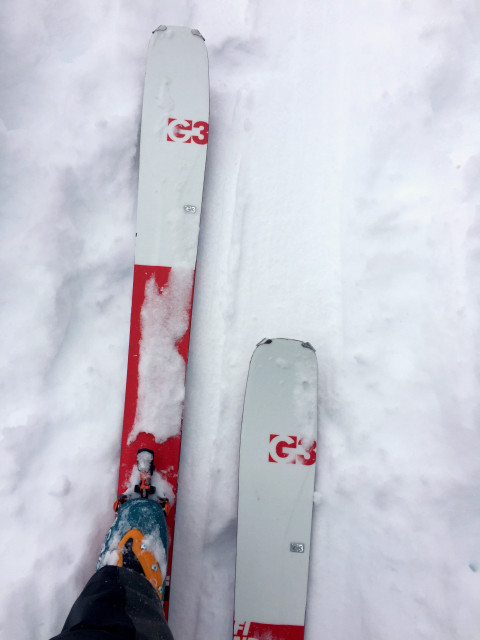
Now for the descent. Skeptics will scoff at the F1’s 95-flex rating, but for the terrain we skied over the weekend—lower angle trees amid high avalanche danger in the alpine—the boots were stiff enough for each and every pow slash I executed down the hill. The boots proved responsive, promoted confidence and didn’t leave much to be desired. That being said, I’m interested to see how the F1 holds up in more unforgiving snow conditions, when stiffness is put at a premium.
My ski of choice for the weekend: The G3 FINDr 102 (new for fall 2016), mounted up with G3 Ion 12 bindings and paired with the new G3 Scala climbing skins. The FINDr is built for backcountry enthusiasts who desire efficiency when ascending but place serious emphasis on the descent. Its poplar and paulownia wood core boasts a great strength to weight ratio and is milled on the sides, leaving a thicker design down the gut with less material on the extremities for a better swing weight. A full carbon-fiber layup ensures the ski is stiff without added bulk, while polyurethane sidewalls dampen out the ride.
For a freeride ski, it was so lightweight when touring I couldn’t get over it. And while many skiers own a go-to, 115-mm-plus waisted ski solely reserved for deep days like this past weekend, I assure you that the 102-mm waist of the FINDr more than held its own in the bottomless sea of crystals on Berthoud Pass. Its rockered tip and tail provided optimal float and the touch of camber underfoot kept ‘er stable at speed. The swing weight also had me drooling, as it allowed for seamless turn transitions and great maneuverability. And for a carbon-fiber, backcountry-specific ski, they were damn playful. I may never give this ski back. This particular testing took place in ultra-deep powder and I’d be keen to test ‘er out during spring mountaineering missions in the alpine when weight savings become even more imperative.
Firmly secured to the FINDr skis were the Ion 12 bindings. An expansive toe-jaw position and wide mounting location on the Ion ups the power and energy transfer to your edge when screaming downhill. Additionally, its heel AFD and consistent forward pressure values (5-12) ensure a safe descent should anything go awry. The heel can also be turned in either direction, making for easy transitions, and the user-friendly heel lifts make higher angle touring quick and simple. The Ion also weighs in at a friendly 585 grams per binding.
My takeaways: The bindings were so easy to use. The bumper on the toe-piece guided the toe into the correct position making for quick step-ins, the foolproof “QuickFlick” lifts ensured I spent more time skinning and less time fiddling with my heel risers and the bi-directional heel swivel made for easy transitions. On the downhill I felt secure and confident throughout each turn.
For the human-powered road trip up to powder paradise I relied on the new G3 Scala skins. The upper 20-percent of the skin features a scaly thermoplastic polyurethane material that ensures top-notch gliding while also keeping the ski above deeper snow. Grip is enhanced due to the U-shaped orientation of the scales. Conditions were ideal for testing these bad boys. With up to two feet of fresh snow on both Saturday and Sunday, a lot of trail breaking was in order. With each grueling step through the deep snow, the tips stayed afloat, allowing for easy movement. Once trail was broken and the skin track buffed out, I also noticed improved grip in slicker terrain where a bit of side-stepping was necessary. While the advantages of the Scala are more prevalent during trail-breaking scenarios, keep it on the radar for everyday use as well, as it still utilizes the tried-and-true construction of G3’s Alpinist Climbing Skins.
All told, although I plan on testing the gear further on some peak-bagging missions this spring, I’d suggest you keep these three products at the forefront of your purchasing decisions when they’re released this fall. As an everyday backcountry set-up, it covers all the bases.
UPDATE:
In the weeks following this post, I’ve taken these products on two spring ski mountaineering missions: The “Bear Claw” on the northwest face of 13,397-foot Parry Peak and the “Hopeful Couloir” on 13,933-foot Mount Hope. The approaches for each adventure were vastly different, but the gear held up for both.
For Parry Peak, we chose to approach via a 6.5 mile traverse along the Continental Divide trail from the summit of Berthoud Pass, near Winter Park. We skinned for the vast majority of the approach, only taking our skis off to navigate some rocky patches along the way. The total elevation gain from Berthoud Pass to the summit of Parry Peak was about 2,091 vertical feet, but the trek involved several instances of elevation loss and subsequent gain. That’s where the weight savings of the F1 ski boots and FINDr ski really came into play.
The journey to Mount Hope was different, as we boot-packed up the Hopeful Couloir, rather than ascending the ridge, as was the case on Parry. From the trailhead, we meandered a total of about 4,400 vertical feet to the top of the couloir. Once again, weight savings equated to a plus in my book. The incredible 62-degree range of motion was welcomed, too, especially during the bootpack up the 1,700-plus-foot couloir.
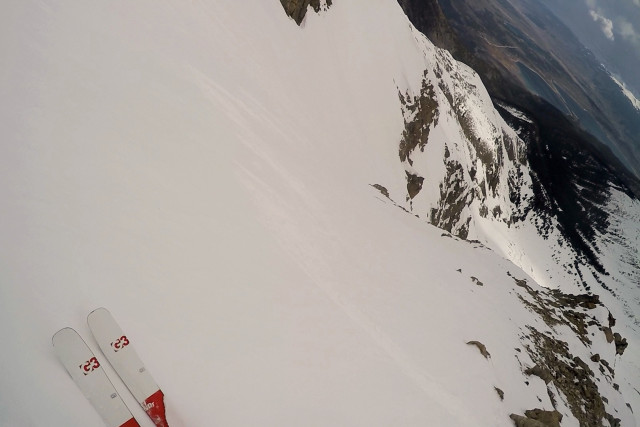
The skiing on both peaks was similar: Bulletproof. The performance of the 95-flex boot came as a bit of a surprise to me, as I never once felt I needed something stiffer on either descent. Throughout each hop turn on 45 to 50 degree pitches, the boot provided adequate power and control. The only negative I’ve found to the boot is that they are somewhat difficult to take off, as more times than not my heel would get caught in the pocket and I’d have to remove the entire liner in order to take them off.
As for the skis, they too stood up the to the test. The lightweight set-up made for efficient descents, and the FINDr was stable and reliable through steep, firm upper sections and icy-avalanche debris on the lowers.
I’ll reiterate: Take a look at these products if you’re in the market for a new backcountry set-up.
The Goods…
F1 Ski Boot
Scarpa | $699
“F1 is the boot for all alpine touring skiers. The state of the art in terms of lightness, comfort and performance. F1 is suitable to all alpine touring activities, great for going uphill with crampons while performing equally on the downhill, ploughing through fresh snow.”
[su_button url=”https://www.scarpa.net/en/f1.html” target=”blank” style=”flat” background=”#006699″ size=”5″ radius=”5″]More Info[/su_button]
Ion 12 Ski Binding
G3 | $549.95
“Simply put, it’s the highest performing, most user friendly and most reliable lightweight tech binding you could ask for. Power up, then charge the descent.”
[su_button url=”https://us-store.genuineguidegear.com/products/ion-12″ target=”blank” style=”flat” background=”#006699″ size=”5″ radius=”5″]More Info[/su_button]
FINDr 102
G3 | $799
“The FINDr is a light, stiff and versatile carbon-fiber ski that uses G3’s Flyride Plus technology to reduce chatter and improve edge hold in firm conditions, yet simultaneously yield a design that skis soft snow well and is playful and forgiving. That kind of versatility stems from a unique combination of materials.” Available in fall 2016.
[su_button url=”https://www.genuineguidegear.com/” target=”blank” style=”flat” background=”#006699″ size=”5″ radius=”5″]More From G3[/su_button]
Scala Climbing Skin
G3 | $209-219
“Offering a significant leap forward in climbing-skin performance and design, the new G3 SCALA employs hybrid materials that help improve trail-breaking efficiency in difficult conditions, facilitate better glide, and result in better traction when traversing side hills.” Available in fall 2016.
[su_button url=”https://www.genuineguidegear.com/” target=”blank” style=”flat” background=”#006699″ size=”5″ radius=”5″]More From G3[/su_button]


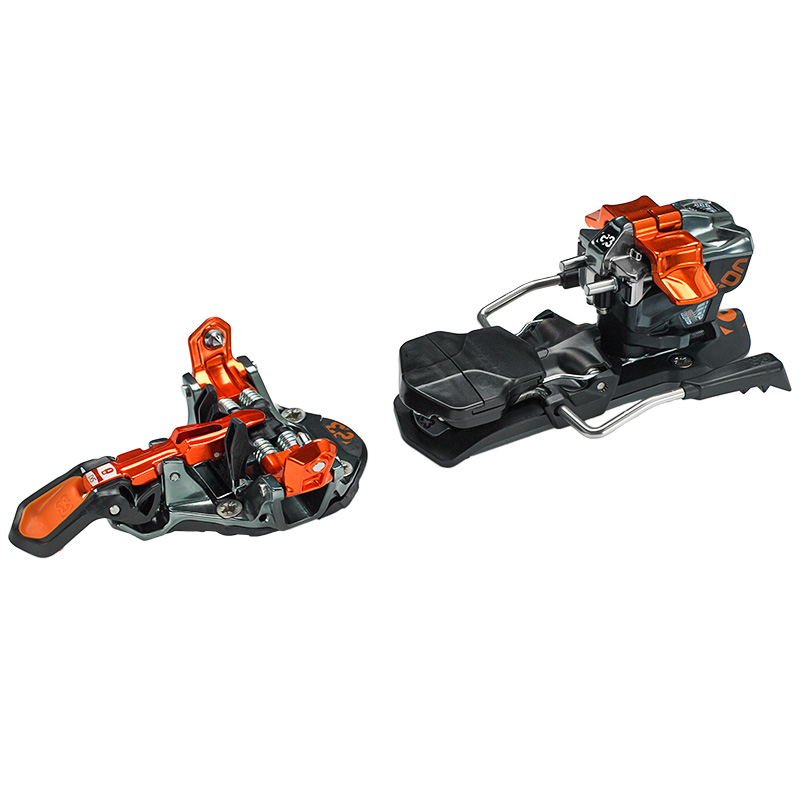



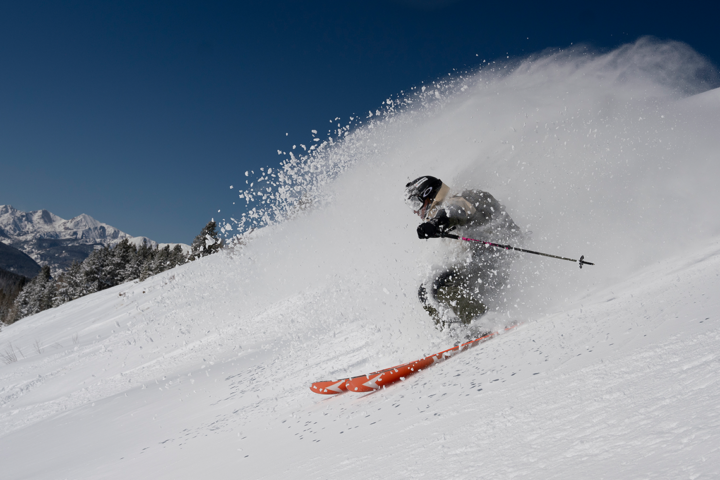
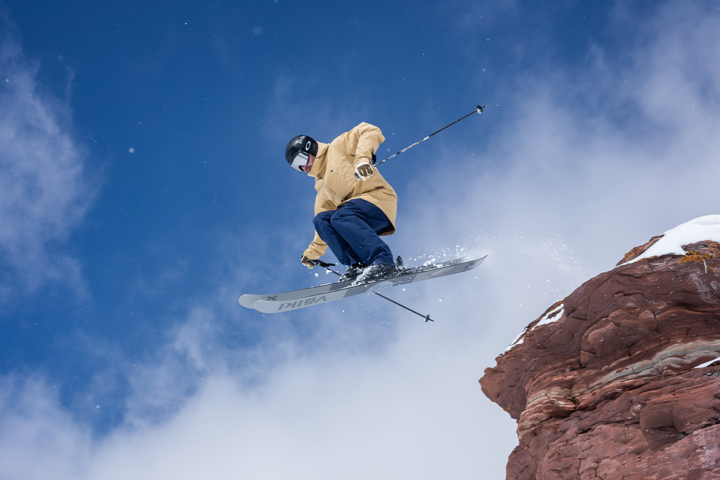

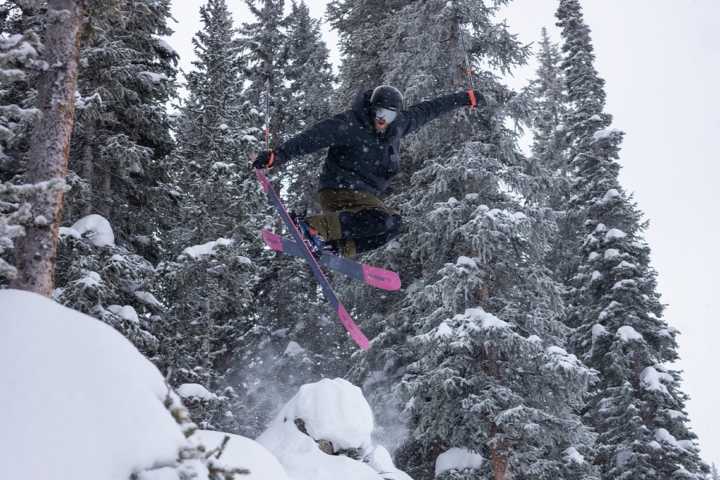
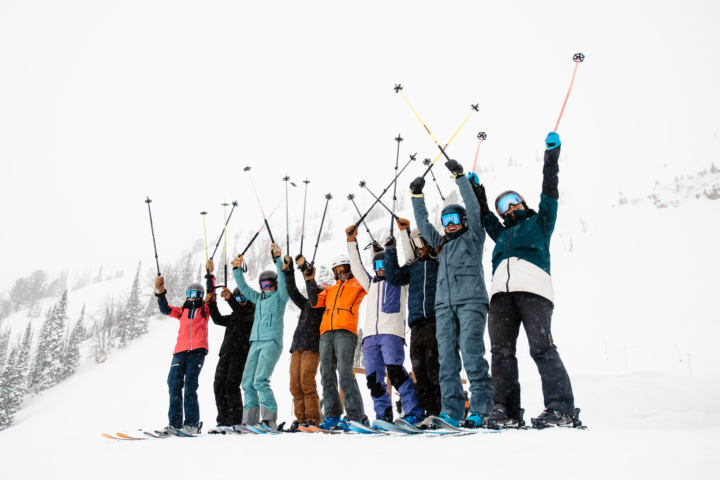
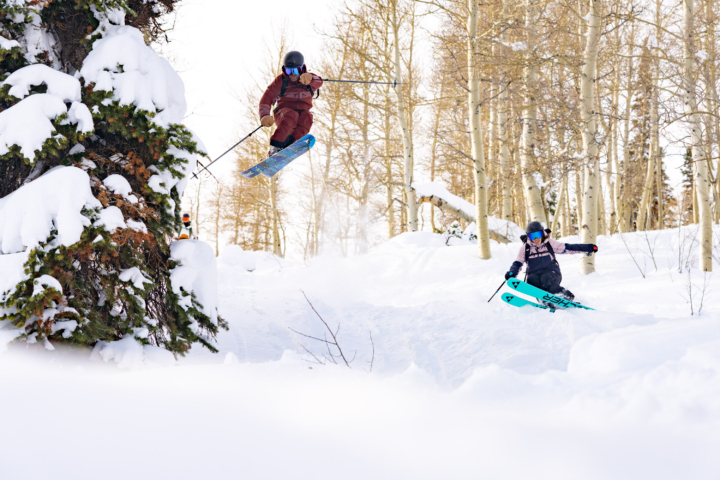
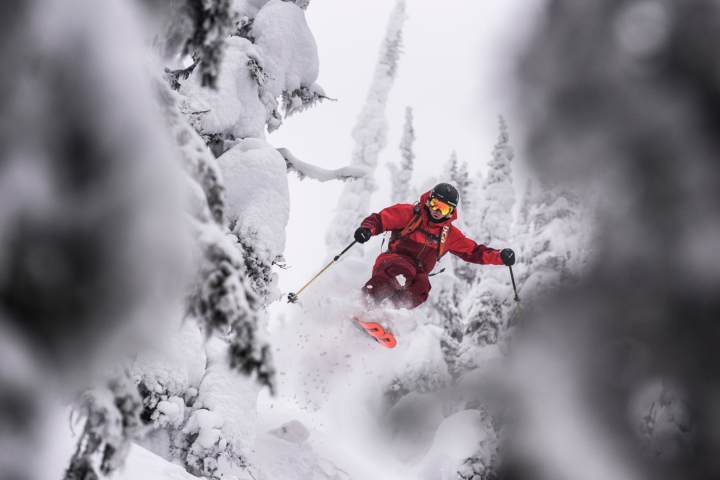
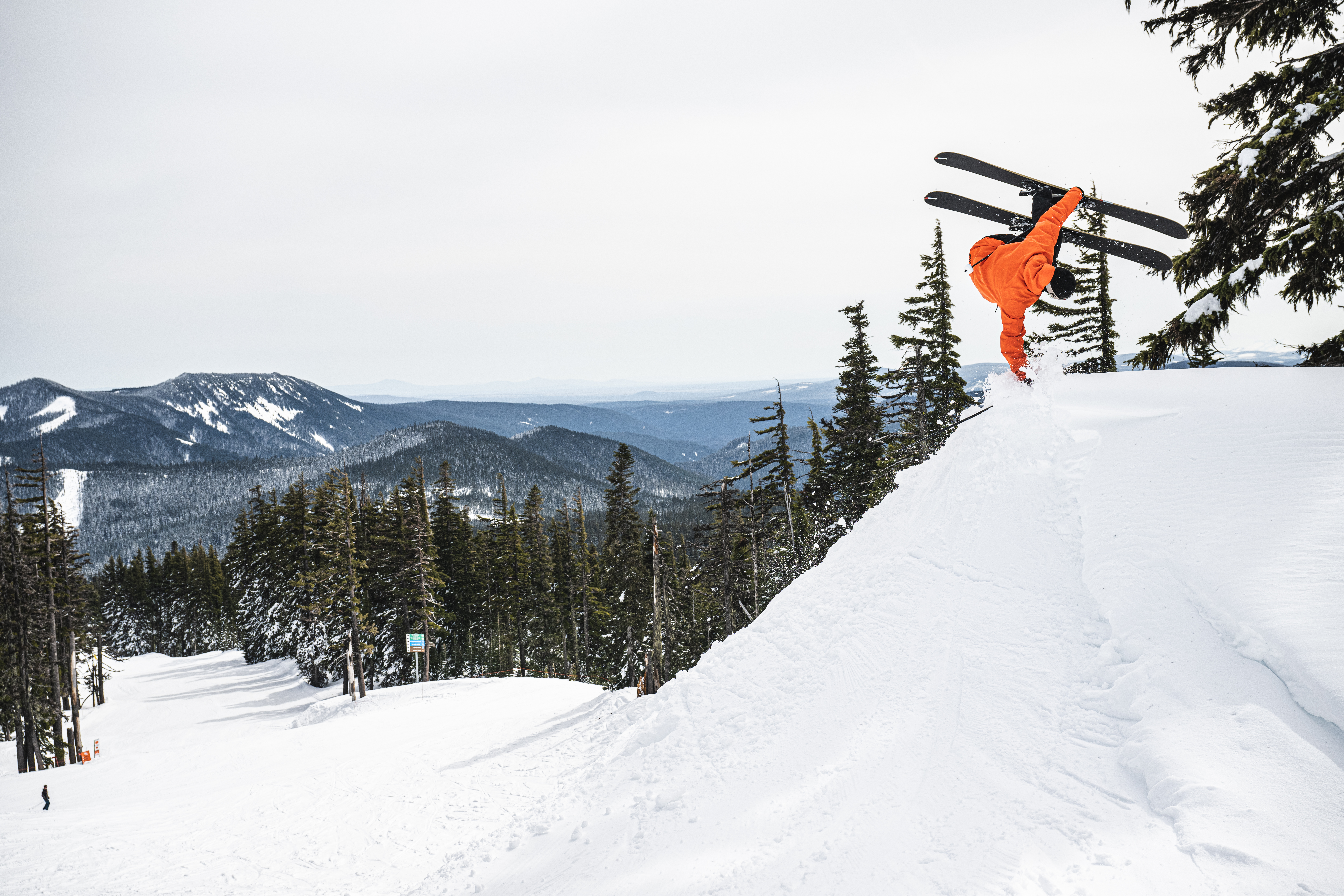
One thought on “[Updated] Gear Test: Give your backcountry set-up the promotion it deserves”
Comments are closed.